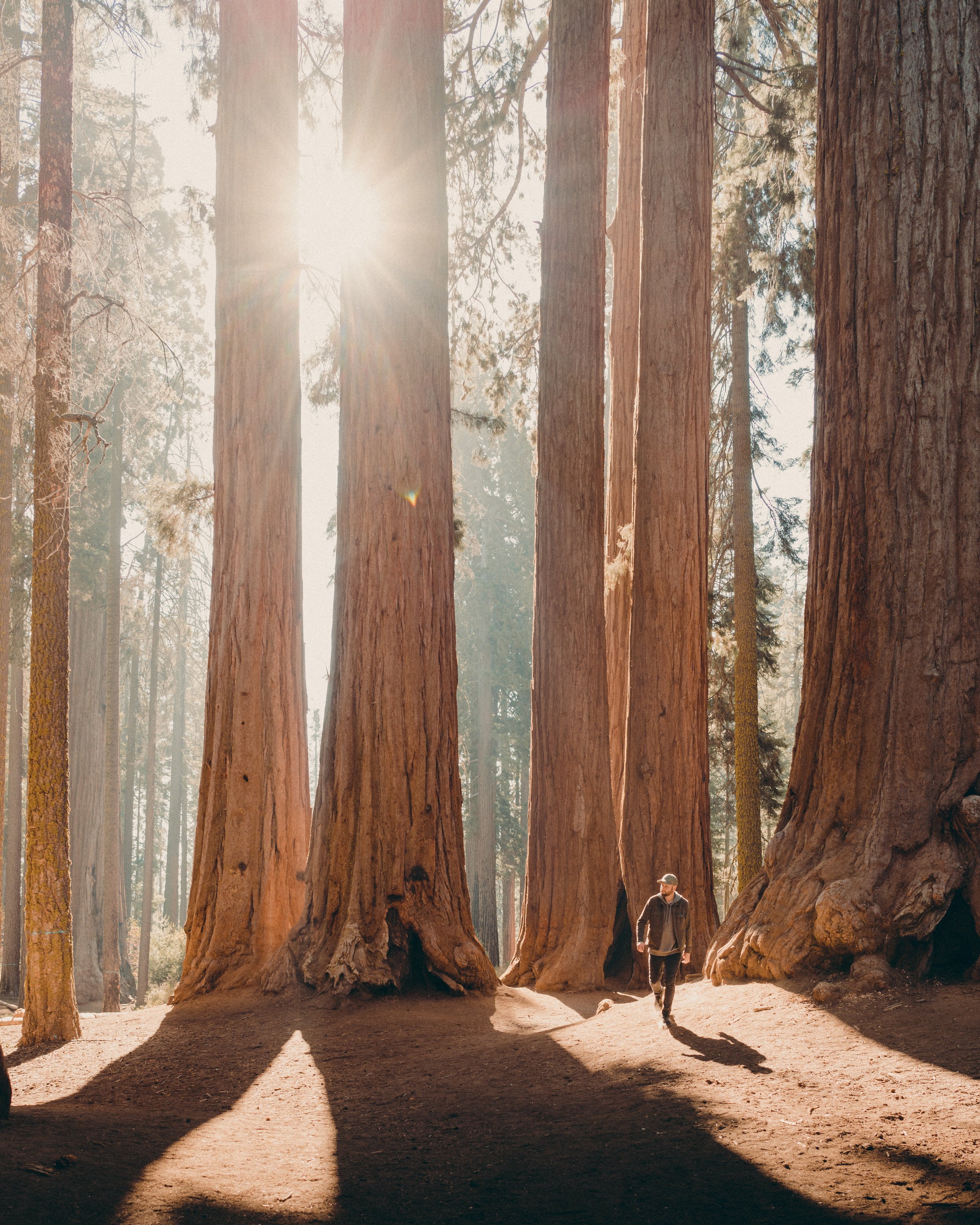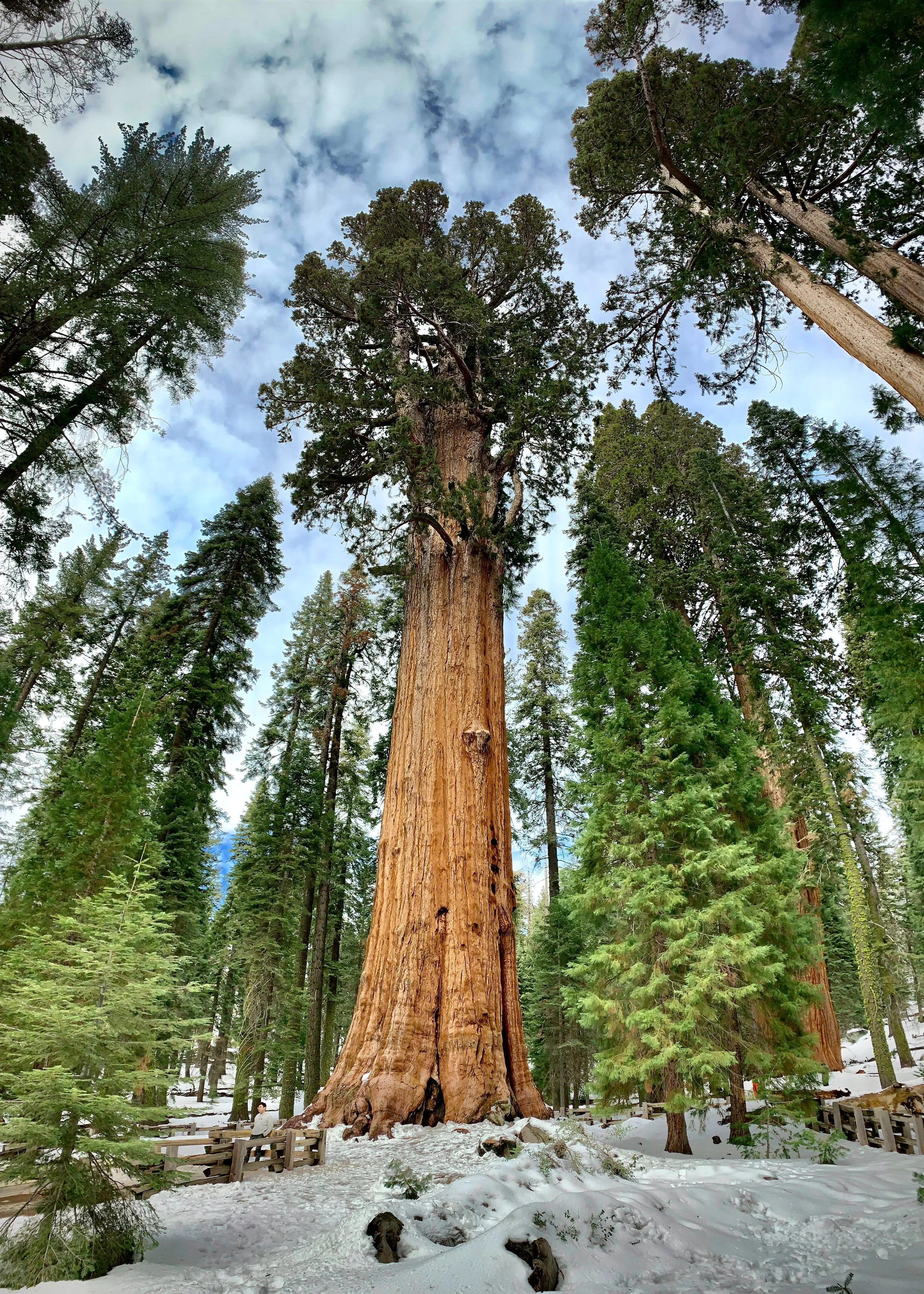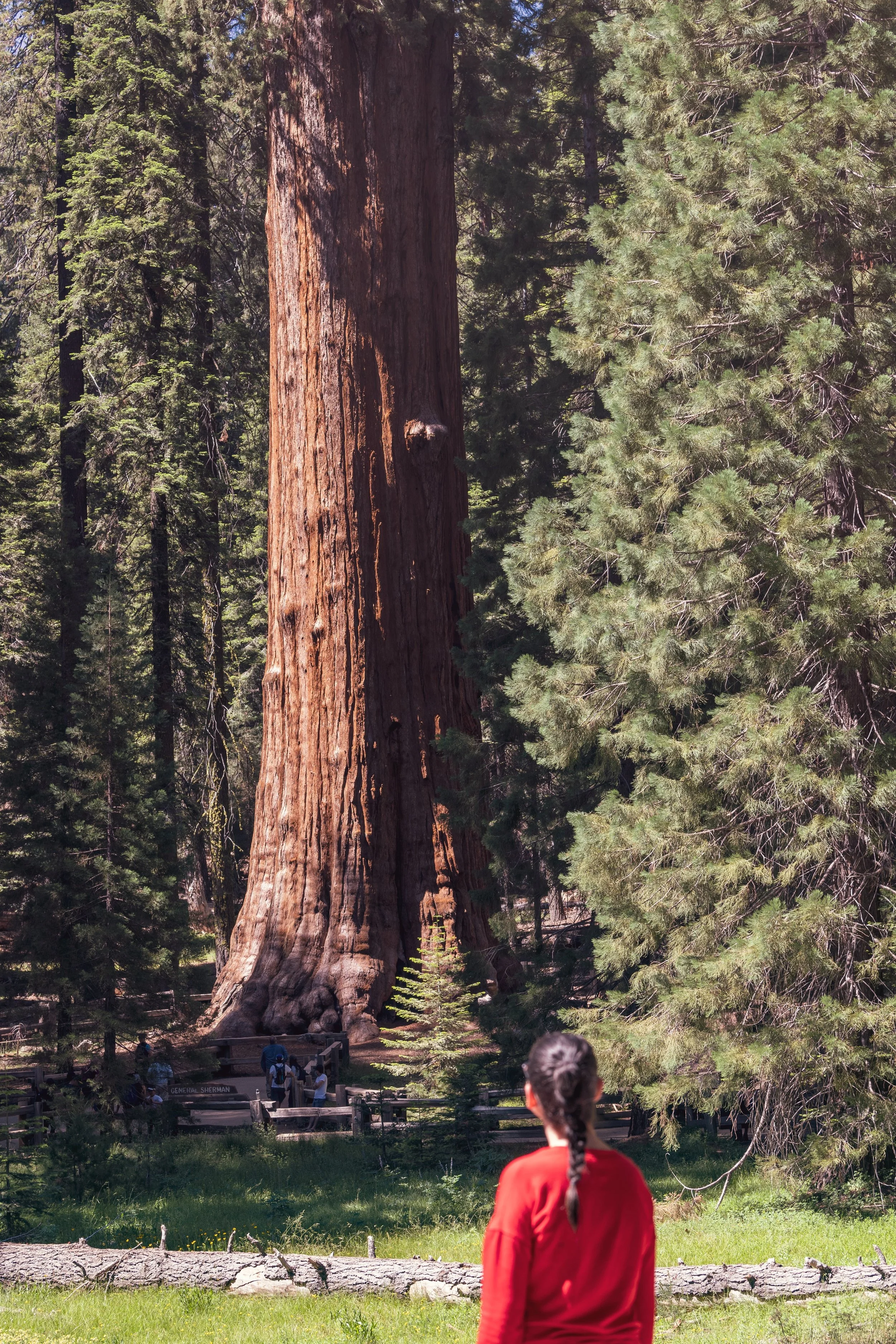Lower your time preference.
Leave a legacy and connect with the power of Bitcoin by planting giant sequoia trees.
Inspired by BTreeC.com. You can support the movement here.
Planting instructions below.
Money is one of the pillars of civilization. It allows us to coordinate at the grandest of scales and embark on long term projects that channel value to ever greater ends. As money degrades however, so too does civilization. Bitcoin fixes the broken money of today and provides the foundation for humanity’s next Renaissance.
As the world’s largest tree, capable of growing for thousands of years, the Giant Sequoia tree uniquely embodies the ennobling potential inherent in Bitcoin. Like Bitcoin, it thrives off patience. Like Bitcoin, it begins from a tiny seed. Like Bitcoin, it has the potential to grow to truly vast dimensions and persist for ages.
Planting one of these trees is a gift to our descendants (someone 3,000 years from now may thank you) and provides a tangible outlet for the value of low time preference that Bitcoin helps instill in those who take the time to understand it. We would be honored if you join us and the movement started at BTreeC.com. We hope these trees will help spread the message of Bitcoin by offering your community a physical metaphor for Bitcoin’s digital network.

Planting Instructions
Just add water, dirt, sun, and a few thousand years.
Results may vary…
TL;DR - Put seed in dirt. Add water. Wait.
Germinating seeds can actually be a bit tricky. For best results, try nestling them between two damp paper towels and place them in a plastic bag in a cool dark place. They should sprout in 30-40 days although it’s not uncommon to have a 15-25% germination rate for seeds. When they do sprout, transplant them into a well drained pot. Be sure to keep the soil moist but not waterlogged. Avoid direct sunlight for the first few weeks. For a detailed step by step tutorial please see this guide.
Your potting soil should have very good drainage. 30% grit (3/8- Pumice, fine crushed gravel, course sand, 1/4 decomposed granite or very fine pea gravel). Then add 30% 3/8- fine bark, 20% peat, 10% perlite and 10% garden soil or compost. Best to avoid big box or chain store potting mixes meant for vegetables, annual flowers or house plants or you may kill your baby trees with root rot.
Fertilizer needs to be low salt. Organic fertilizers like fish, alfalfa, bat guano, kelp, bone meal and rock phosphate are OK, just keep the nutrients balanced, and watch the nutrient level so you do not add too much or too little. Do not use "hot organics like blood meal or fresh chicken manure under 1 year aged. Chemical fertilizers should say on the label "for container growing". Do not use 10/10/10 or 16/16/16 and similar fertilizers as they are high salt and will burn your plants.
When the trees outgrow their pots, plant them in an area away from buildings... at least 20 feet away. Plant in a full sun location. Cover roots, but do not plant any deeper. Plant in well draining soil. Water to saturate the soil, then allow the soil to dry before watering again. Fertilize with a balanced fertilizer for the first 5-6 years. Add no more than 30% compost or manure to the soil when planting. Do not plant in waterlogged soil. If growing in clay soil, also add grit to improve drainage.
Plant in area of low wind. Provide wind protection for young trees, especially in cold climates. In cold climates mulch with a heavy layer of bark or wood chips in the Fall to protect roots from freezing. Tips of branches may turn brown in cold weather until tree is rooted deeply, this is normal and especially true on young trees.
Sequoias do best in climate zones 6-8 (see map on this link). If you are on the northern fringe, then take extra steps to insulate the trees in winter for the first few years. You can put a fence around the tree and wrap it in burlap or even put a garbage bag over it to ensure that it does not dry out in the winter.

